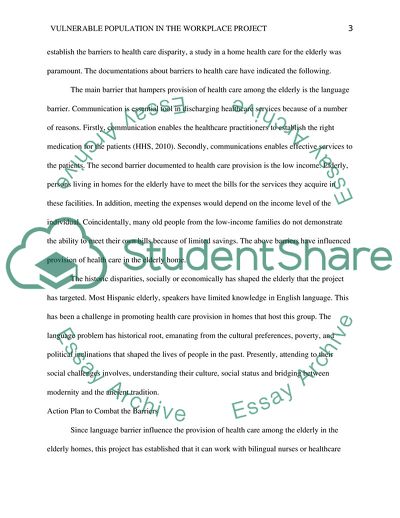Cite this document
(Vulnerable Population in the Workplace Project (Elderly in Home health Essay, n.d.)
Vulnerable Population in the Workplace Project (Elderly in Home health Essay. https://studentshare.org/nursing/1777549-vulnerable-population-in-the-workplace-project-elderly-in-home-health-care
Vulnerable Population in the Workplace Project (Elderly in Home health Essay. https://studentshare.org/nursing/1777549-vulnerable-population-in-the-workplace-project-elderly-in-home-health-care
(Vulnerable Population in the Workplace Project (Elderly in Home Health Essay)
Vulnerable Population in the Workplace Project (Elderly in Home Health Essay. https://studentshare.org/nursing/1777549-vulnerable-population-in-the-workplace-project-elderly-in-home-health-care.
Vulnerable Population in the Workplace Project (Elderly in Home Health Essay. https://studentshare.org/nursing/1777549-vulnerable-population-in-the-workplace-project-elderly-in-home-health-care.
“Vulnerable Population in the Workplace Project (Elderly in Home Health Essay”. https://studentshare.org/nursing/1777549-vulnerable-population-in-the-workplace-project-elderly-in-home-health-care.


